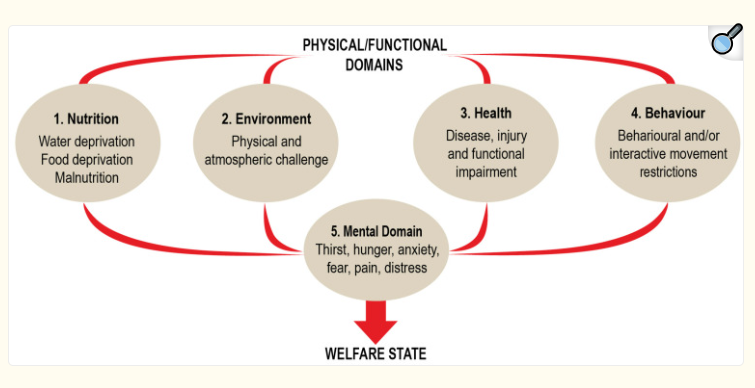7667766266
enquiry@shankarias.in
Recently, The World Association of Zoos and Aquariums (WAZA) has suspended the membership of Delhi Zoo for six months, citing concerns over the mistreatment of an African elephant at the facility.
